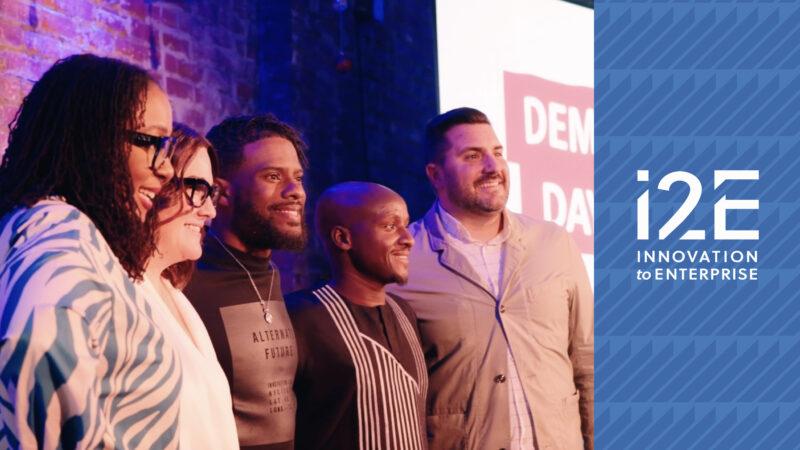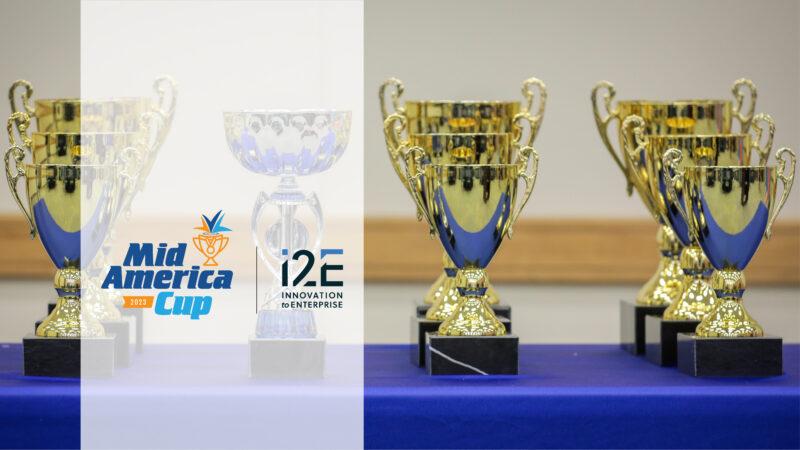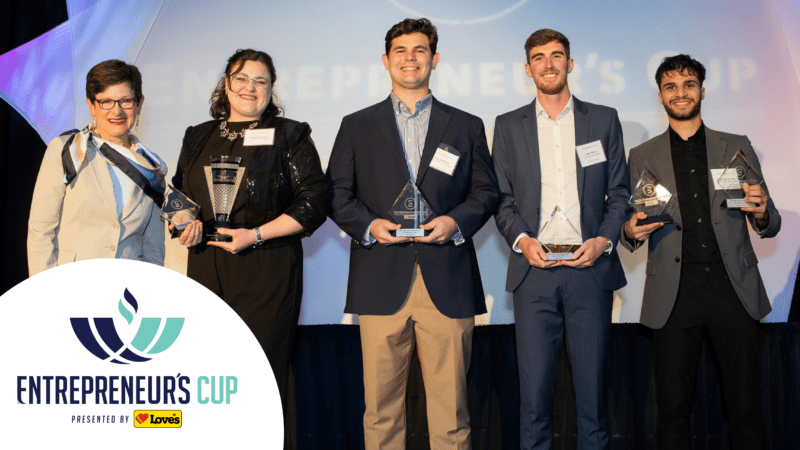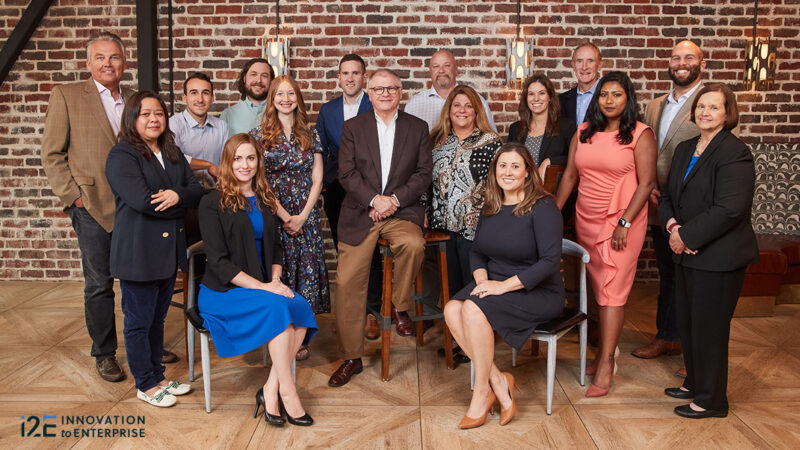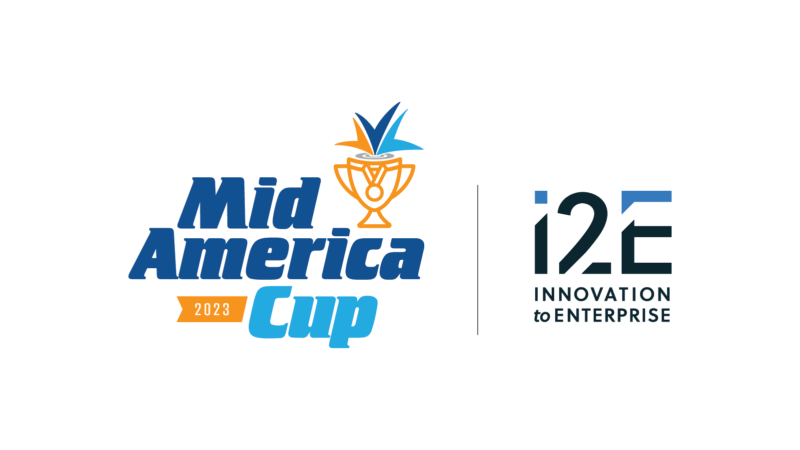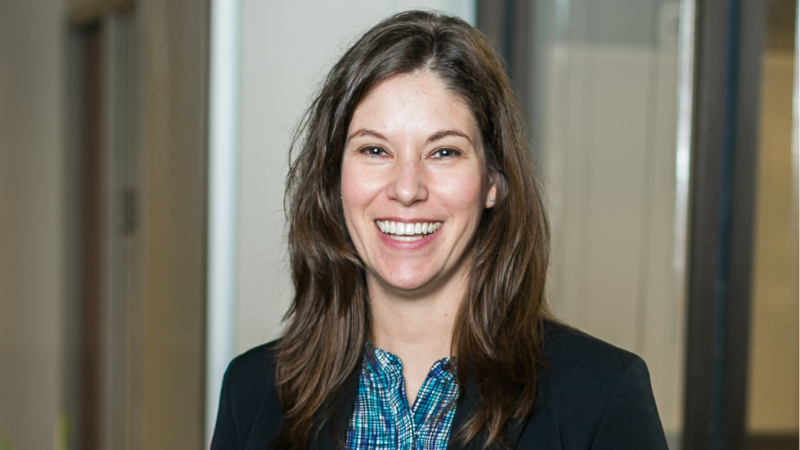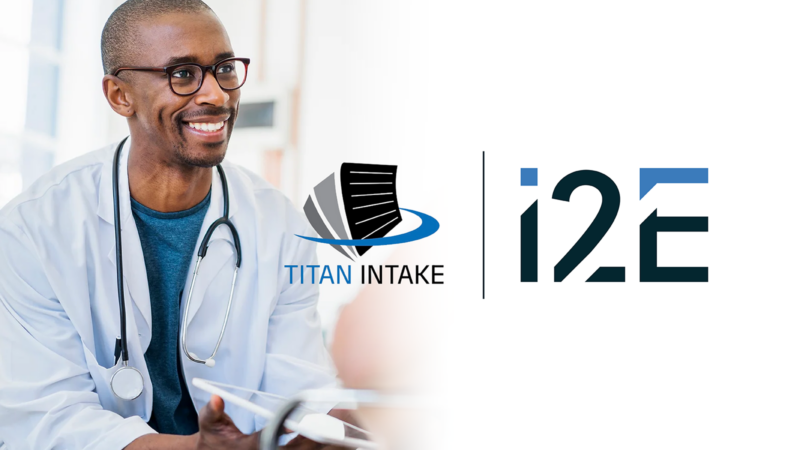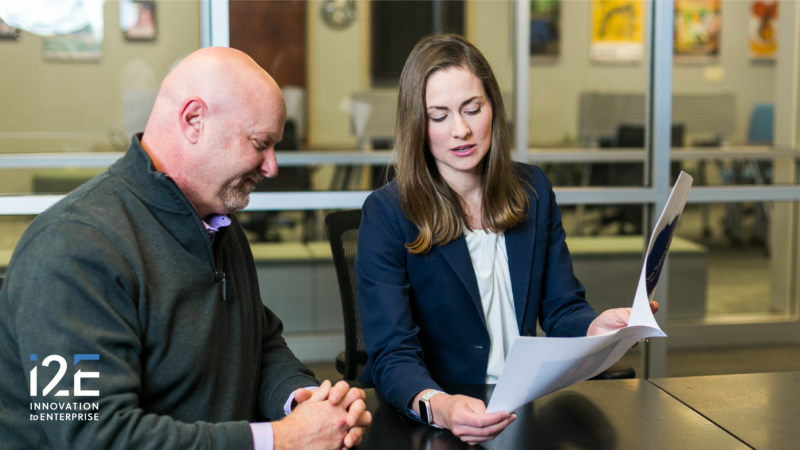By Jim Stafford
Copyright © 2013, The Oklahoma Publishing Company
Darren Head was just three weeks into his tenure as president and CEO of Cytovance Biologics in April 2008 when he accompanied a tour group through the company’s 44,000 square-foot manufacturing facility at the Presbyterian Health Foundation Research Park.
Head put on a disposable lab gown, hair net and booties along with the Cytovance visitors before the group stepped into an airtight hallway that surrounded clean rooms in which scientists worked.
Founded in 2003 by former executives of Novazyme Pharmaceuticals, Cytovance delivers a broad menu of specialized contract biological manufacturing services that help companies such as Oklahoma City’s Selexys Pharmaceuticals manufacture drugs for clinical trials.
Dr. William Canfield, Cytovance’s co-chairman of the board, provided a guided tour for the visitors as they peered into the clean rooms. He explained the routines of Cytovance scientists, who were preparing biologic materials that would become the basis for drugs used in human clinical trials.
For Head, that day in 2008 represents a starting point that can be used for comparison to the Cytovance Biologics of 2013.
Its growth in the interim has been phenomenal.
“When I started in 2008, we were at $1.5 million in revenue,” Head said recently from his office in the 800 Building at the Research Park. “Now, we are projecting $22.5 million for this year. Incredible growth.”
Cytovance has grown into a major employer for Oklahoma with 119 employees – including 18 Ph.D.-level scientists — at an average salary of $72,000. Compare that with the 38 employees of five years ago.
Today, Cytovance provides its contract manufacturing services to more than 32 clients worldwide. It has expanded its presence in the Research Park to four buildings, including the manufacturing plant.
So what prompted such explosive growth in an Oklahoma-based life science company? Head responds with his own recipe for success.
Facilities. People. Scientific excellence. Timelines. Competitive cost structure.
“We can take on difficult projects and are heavily involved in the science,” Head said. “Clients bring us a gene sequence, and we can take it all the way to the clinic for them. Most of what we do is clinical trial work. The Selexys drug, for example, which is in Phase 2 trials for sickle cell, we manufacture from hamster cells.”
Cytovance and Selexys have developed a close working relationship that will continue through the clinical trial process, said Selexys President and CEO Scott Rollins.
“Cytovance continues to play a key role in the success of Selexys by providing us with very high quality drug products,” Rollins said. “Selexys recently completed a $25 million financing and an option agreement with Novartis Pharmaceuticals that is worth up to $665 million to Selexys shareholders. Our partnership with Cytovance was an important component of these deals.”
Majority owned by Oklahoma investors including Canfield and the Presbyterian Health Foundation, Cytovance received $22.5 million in 2011 from Great Point Partners LLC of Greenwich, Conn. That investment allowed it to expand its manufacturing capabilities by purchasing larger bioreactors.
“We’re seeing some momentum with the larger reactors, and we can see sales reaching $35 million or $40 million,” Head said.
Head points to a bar chart on a computer screen. They are milestones. One bar represents 2008 and the other 2013.
“We’ve come a long way,” he said. “It’s been a fun ride.”
Jim Stafford is a communications specialist with i2E, Inc. in Oklahoma City.

